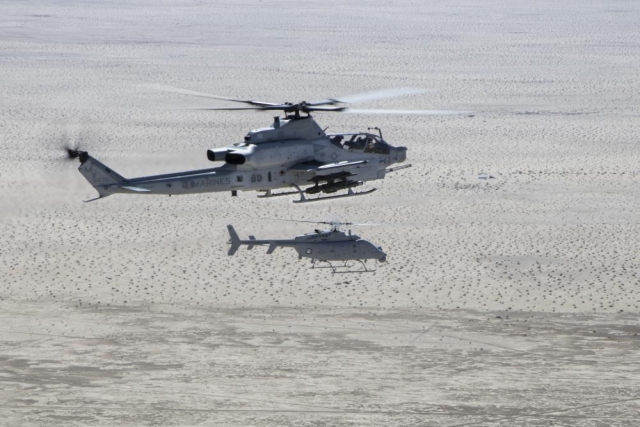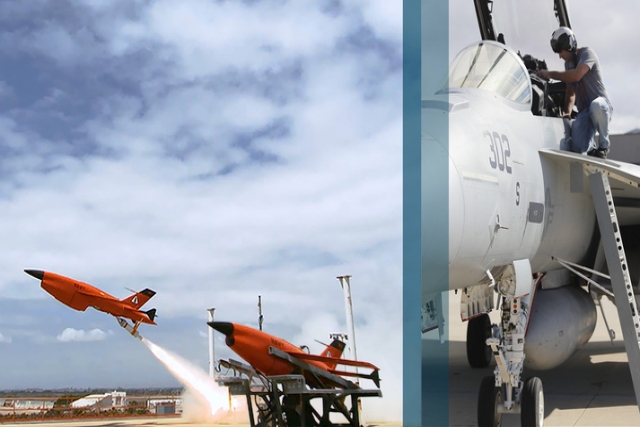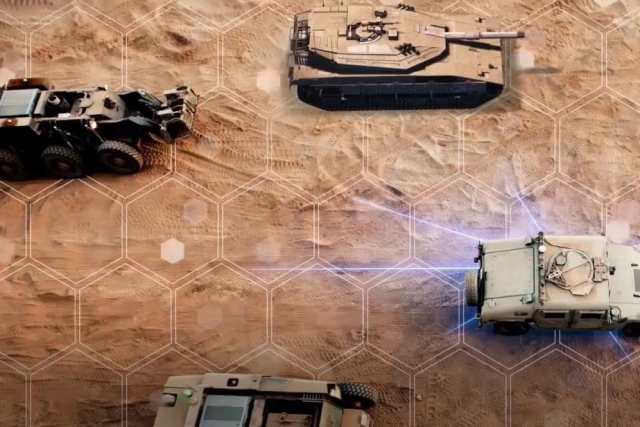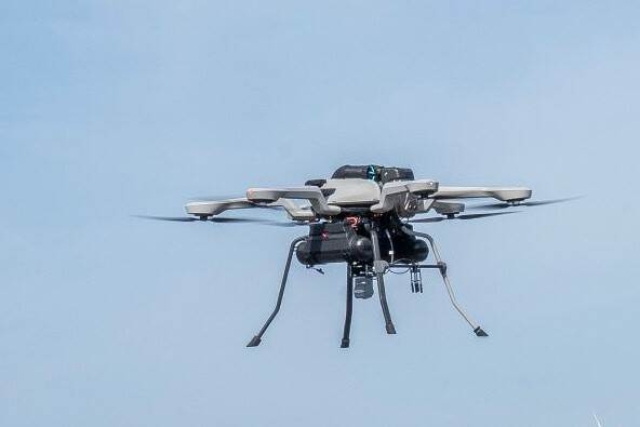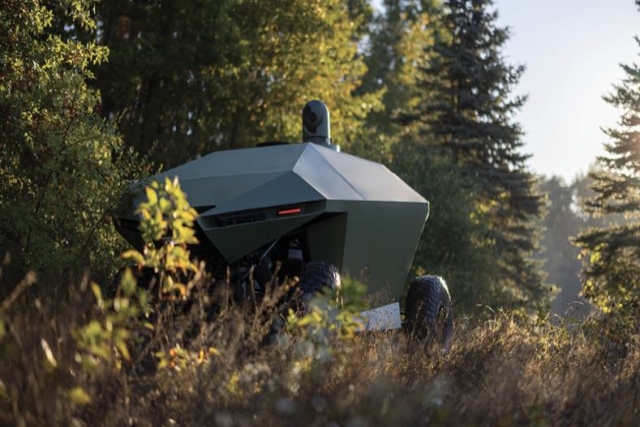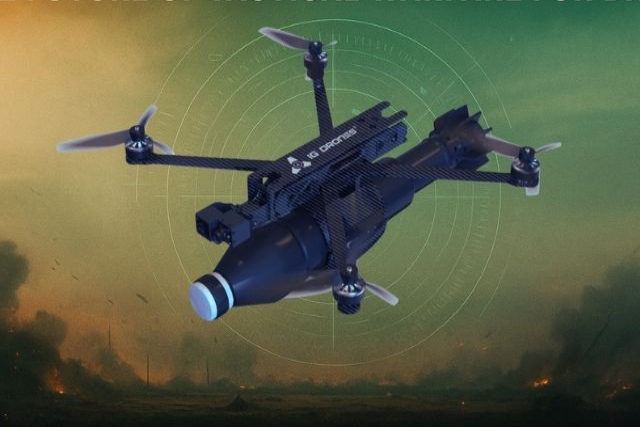S.Korea to Develop Manned-Unmanned Teaming Technology

South Korea’s Defense Acquisition Program Administration (DAPA) said it plans to create a manned-unmanned teaming (MUM-T) system to maximize combat efficiency and minimize casualties.
The Defense Technology Promotion Research Institute (Kukkiyeon) evaluated domestic technology for building the system.
“Based on this study, we will be able to analyze the strengths and weaknesses of domestic technology for building the MUM-T system, and improve policy execution ability by prioritizing investment through selection and concentration,” Choi Jung-hwan, head of Kukkiyeon’s technology planning division, said.
Seoul has also selected the deployment of the MUM-T system as one of the major tasks of Defense Innovation 4.0, and is in the process of implementing a step-by-step implementation plan. In order to establish an efficient R&D strategy, it is necessary to evaluate the current technology level of related technologies in advance.
Also read: The Rise and Rise of South Korea’s Arms Exports
DAPA will begin developing a remote control type MUM-T system next year, move to semi-autonomous type from 2024-27 and finally have an autonomous type system by 2028.
As a result of the evaluation, the technology level for the first stage remote control was evaluated as the technology commercialization level, and the technology level for the second stage semi-autonomy was evaluated as the test and development level.
Kukkiyeon intends to provide basic data for establishing policies and strategies for securing core technologies for the MUM-T system by distributing the results of this technology level evaluation to defense-related organizations such as the Ministry of National Defense and DAPA, government ministries, and research institutes.
